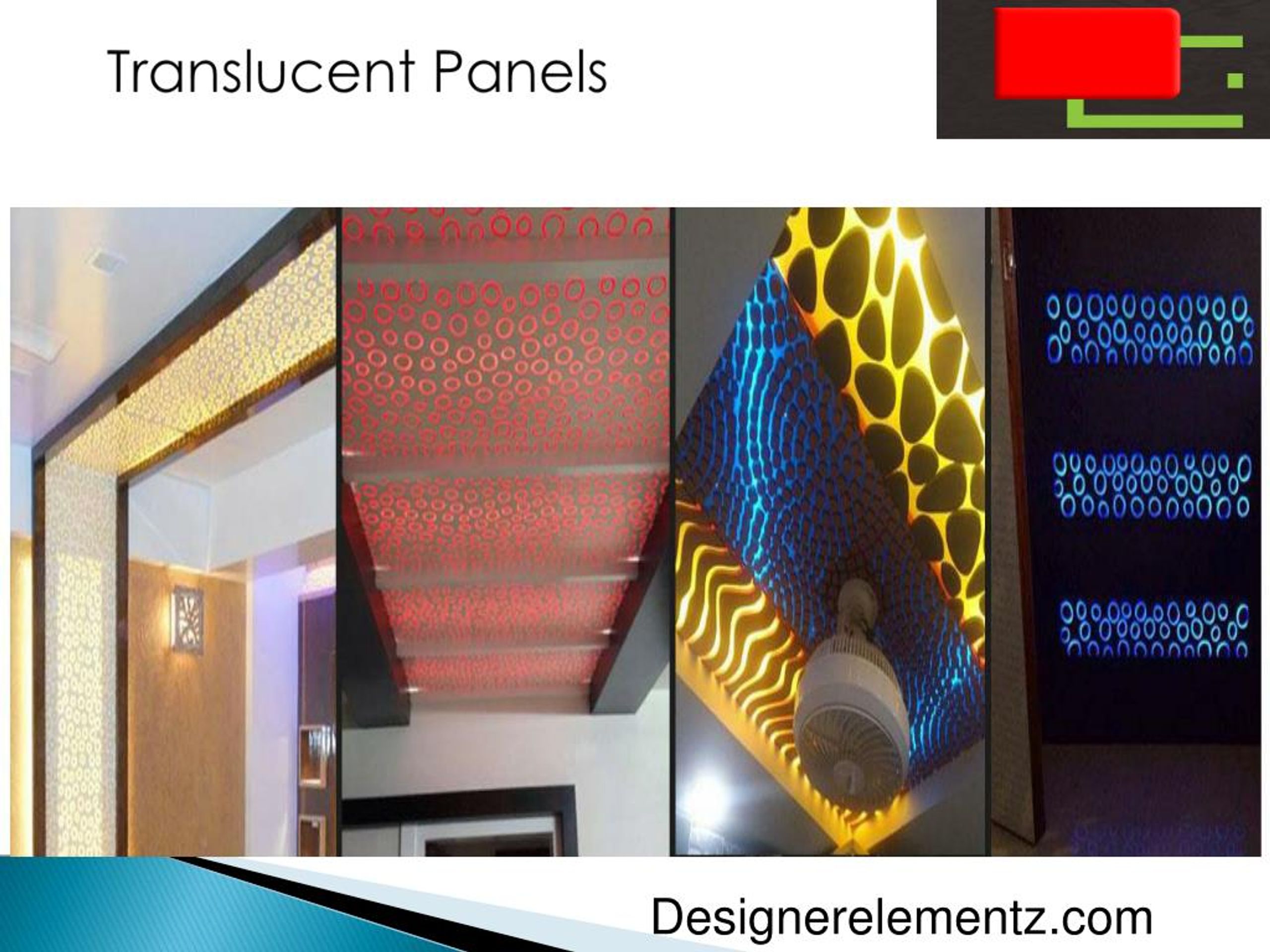

- #Translucent panels 3 part specification skin
- #Translucent panels 3 part specification full
- #Translucent panels 3 part specification free
#Translucent panels 3 part specification full
This combination of material strength and durability allows it to meet a full range of requirements in different codes and standards, including the deflection limitations of the International Building Code (IBC Table 1604.3), which call for a maximum deflection of L/120. Further, the internal aluminum supports provides spanning and deflection control capabilities based on the aluminum member sizing (i.e., approximately 3 or 4 inches deep). Polycarbonate is an architectural-grade plastic material that is extremely durable, impact resistant, and shatterproof. It also avoids possible delamination of the polycarbonate glazing from the internal support members.Ĭodes, Standards, and Translucent Glazing
#Translucent panels 3 part specification free
This allows the free expansion and contraction of the glazing and aluminum components without compromising the panel joint. Rather, the glazing itself is formulated to be installed and locked into place in the aluminum support members of the unitized panel.
#Translucent panels 3 part specification skin
Part of the reason the removable skin approach works is that it is based on a positive “dry” attachment of the glazing using gaskets that does not rely on sealants or adhesives.

Hence, repairs can be made without interrupting building operations. Removable skin technology allows one of the polycarbonate glazing layers to be removed from the panel without impacting the other layer or the aluminum internal structure. Removable skin technology also means that if there is a future need for updating the exterior, those panels can be changed without interrupting ongoing building operations. Hence, each panel can be removed independently without removal of the entire system, allowing building operations to remain uninterrupted and without compromising the integrity of the building envelope. Extra glazing panels can be stored at the facility and be readily used to replace damaged glazing whenever needed. This can be particularly useful in cases where vandalism or severe conditions are anticipated to be an operations issue. This provides the flexibility to replace individual panels rather than the entire system. By contrast, one of the features of the more advanced two-panel translucent systems is that they use a removable skin technology approach. In conventional glass systems and some other alternative systems, that usually means that part or all of the entire facade system may need to be removed, repaired, or replaced. Occasionally, they also need attention due to wear or damage. Most glazing systems need some type of maintenance, at least for routine cleaning. The specifics of how such a dynamic shading system work will be dependent on the specific system, so manufacturers should be consulted for details. Finally, they can be used to shade or darken the space for times when the daylight is not needed, say for presentations or other activities. This can be particularly helpful on south-facing facades that receive a lot of direct sunlight. Alternatively, the louvers can be set in a random or defined pattern to help further distribute and diffuse the sunlight.

First, as the sun moves throughout the day, the louvers can move to help reflect and direct light to where it is most wanted inside or deflect it to eliminate bright spots. Referred to as “dynamic daylighting,” the louvers can manually or automatically adjust to control the amount of daylighting in several ways. Selecting such a louvered system eliminates the need for exterior or interior shades or louvers but also allows for greater daylighting control. One of the more advanced options for double-layered panels is the use of movable louvers located between the glazing layers. An option for enhanced light control is the use of adjustable louvers that can be placed between the two layers of glazing.


 0 kommentar(er)
0 kommentar(er)
